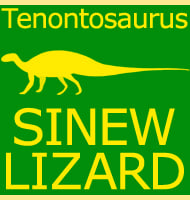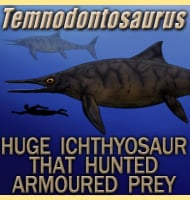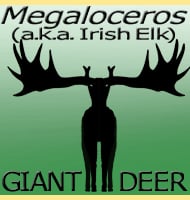Tenontosaurus
In Depth Perhaps the most striking feature of Tenontosaurus is the tail which actually takes up more than half the total body length. This tail was supported by a network of strong tendons which ensured it was always carried erect off the ground. It is in reference to these tendons that Tenontosaurus was given its … Read more


